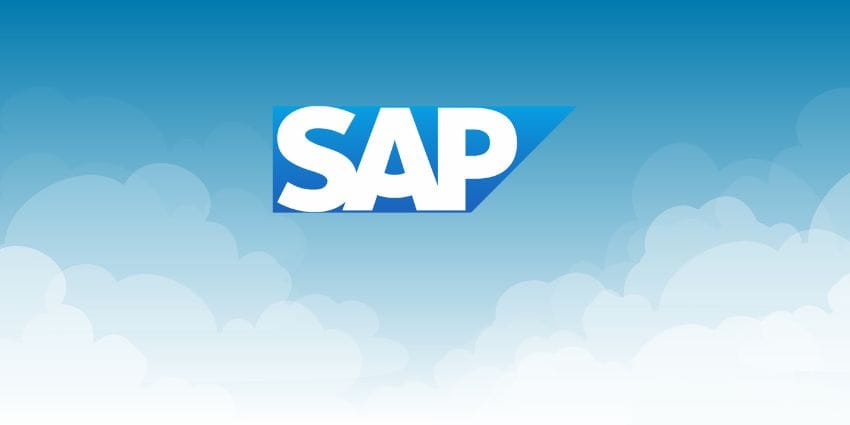SAP Cloud Ultimatum - Innovate or Expire
SAP’s latest push into Cloud ERP might be marketed as innovation, but to many customers, it feels more like a deadline-driven hustle. The message is clear - your legacy SAP ECC system has a shelf life, and it’s rapidly approaching.

Mainstream support ends December 31, 2027. Extended support will limp along until 2030, but by then, you’ll be paying a premium for the privilege of staying in the past. For anyone hoping this is just another bluff from SAP, the mounting pressure tells a different story.
Despite years of marketing and countless webinars, less than 40% of SAP’s existing ERP customer base has even purchased a license for S/4HANA. That’s not even implementation, that’s just putting money down on a ticket to the transformation circus. And why? Because the transformation is enormous, expensive, and, frankly, kind of terrifying. This isn’t a greenfield deployment, most customers are staring down the barrel of a brownfield mess with years of tightly coupled integrations, customizations, and third-party dependencies. The leap to S/4HANA is less of a migration and more of a controlled demolition and rebuild, without much in the way of tools, and with the subtle reminder that support is evaporating.
Enter SAP Cloud ERP. Or, as it’s now lovingly called, “RISE with SAP.” It promises simplification, innovation, and agility. What it often delivers, however, is complexity disguised as modernity, a new subscription model, and the not-so-gentle suggestion that you embrace a future you didn’t ask for. SAP’s latest twist on this model is the Customer Data Center (CDC) deployment - a private Cloud ERP model that lives in your own data center. HPE installs and manages the stack, SAP provides the software and controls access, and you, the customer, get to enjoy a full cloud experience without ever actually moving to the public cloud.
On the surface, this sounds great. Simply you keep your data on-prem, meet your regulatory obligations, and get the shiny “cloud” label. Dig a little deeper, and the picture gets murkier. There’s no migration tooling to make this shift easier. You’re not upgrading, you’re rebuilding. The cost and risk of this transformation is yours to own. SAP and HPE will hand you the infrastructure and the blueprint, but the labor of stitching your business back together is on your dime. And SAP is quite open about the fact that unless you make this move, you won’t get access to the future - no AI features, no innovation, no cool dashboards. Just a slow, unsupported slide into irrelevance.
For many organizations, the decision to go cloud, or hybrid, isn’t about technology. It’s political. It’s about risk tolerance, executive posturing, and whether your CIO thinks “cloud” sounds good in the next board meeting. SAP knows this. That’s why the real incentives are positioned for business stakeholders, not IT teams. Value presentations, transformation workshops, ROI calculators, everything is designed to make the C-suite feel like they’re steering toward progress. Meanwhile, the technologists get the unenviable task of rewiring the aircraft mid-flight.
Some customers, like Energy Transfer, have made the leap, sort of. They chose the Cloud ERP with the CDC option, largely because they had to. As a critical infrastructure player with aging hardware and strict governance requirements, a public cloud wasn’t feasible. They negotiated hard, kept control of their data, and now run SAP on-prem in three racks at one data center and two in another. For them, latency was non-negotiable. The CDC model let them meet compliance requirements while avoiding a total redesign of their entire SAP landscape. But make no mistake: it wasn’t a shortcut. It was a strategic compromise.
There’s a strange irony in SAP’s messaging. On the one hand, they preach the virtues of innovation, cloud agility, and next-gen capabilities. On the other hand, they penalize customers who don’t want to, or can’t, move fast enough. They’re shifting everyone from perpetual licenses to subscriptions, charging you monthly for the privilege of staying still. You’re not buying innovation. You’re paying rent on your legacy. And if you’re not careful, you’ll end up paying more just to maintain a system that does less than it used to, all while being told you’re falling behind.
SAP isn’t pretending this is painless. But they are quietly offloading the burden. By presenting this as a necessary transformation, with the cloud as the only gateway to innovation. They’ve reframed stagnation as failure. Stay where you are, and you’re “missing out.” Move, and you’re investing in the future. That’s a compelling narrative, unless you’re the one rewriting the entire system while business leaders admire the shiny slide deck.
The uncomfortable truth is this - SAP is executing a textbook example of vendor lock-in evolution. Legacy software is being deprecated, not because it can’t work, but because it no longer fits SAP’s business model. Public cloud adoption has stalled in many sectors, so SAP is hedging with a hybrid model, backed by partners like HPE, but still tightly controlled. They’re not giving you freedom, they’re offering options that still funnel you into the same funnel, just at different speeds and angles.
So what’s the “best-kept secret”? It’s not that SAP is forcing your hand. It’s that they’re doing it politely. Through CDC, through hybrid cloud, through value messaging, and shiny white-glove treatment. But make no mistake, this is still a squeeze play. You’ll pay, one way or another. Either in the form of migration pain now - or irrelevance later. SAP is betting most customers will eventually decide that pain is preferable to being left behind.
And they’re probably right.
The article is a result of my trip to Cloud Filed Day 23 in California in June 2025. You can watch video from this event here:


